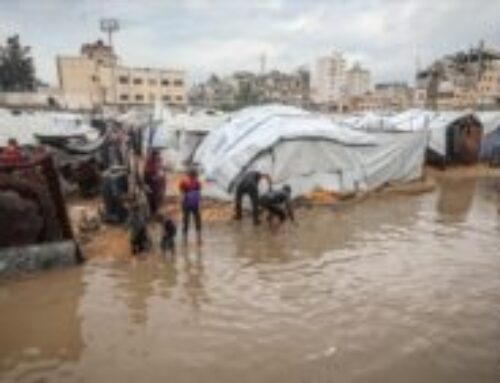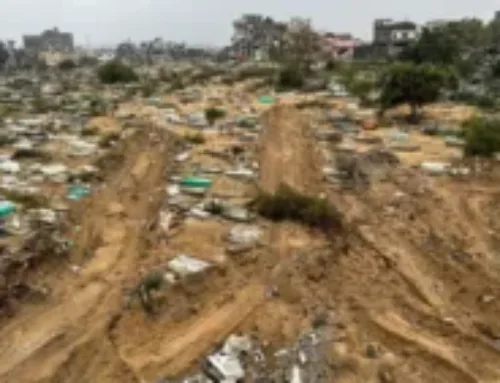Palestinian sources have revealed that the occupation authorities are allowing luxury goods and non-essential products into Gaza, while at the same time tightening restrictions on the entry of life-saving medicines and medical supplies, despite the severe collapse gripping hospitals since the war of genocide.
The Director-General of the Ministry of Health in Gaza, Munir al-Barsh, stated that the occupation is permitting the markets to be flooded with smartphones, entertainment items, and secondary goods, while simultaneously blocking the entry of intravenous fluids, antibiotics, dialysis machines, and surgical supplies—further deepening the health catastrophe in the Strip.
In a press statement, al-Barsh explained that this situation provides the siege with a misleading commercial cover, while hospitals are operating at near-paralyzed capacity. Operating rooms lack the most basic equipment, medications are rationed under coercive priorities, and all of this coincides with fuel shortages and disruptions in communication networks.
He stressed that the healthcare system in Gaza is functioning under exceptional conditions unlike any health system in the world—within an environment of daily rescue efforts merely to keep people alive.
According to Ministry of Health data following the ceasefire, the shortage of essential medicines has reached 54%, while zero-stock emergency medications stand at 40%. The zero-stock deficit in medical supplies has reached 71%, the highest level since the establishment of Gaza’s healthcare sector.
The ministry also reported that 82% of children under the age of one suffer from anemia, while 18,100 patients urgently require travel outside the Strip for treatment, with their lives held hostage to political decisions. Nearly 1,000 patients have died despite having obtained travel permits, and approximately 6,000 people have suffered limb amputations without the availability of appropriate rehabilitation programs.
This deterioration is unfolding amid a broad collapse of the healthcare system’s capacity after hospitals and medical infrastructure were directly targeted during the war, leaving the majority of them out of service, according to Palestinian and UN reports.
The United Nations estimates the cost of reconstructing the Gaza Strip at approximately $70 billion, following more than two years of the war of genocide that resulted in the killing of over 69,000 Palestinians and the injury of nearly 171,000 others.





